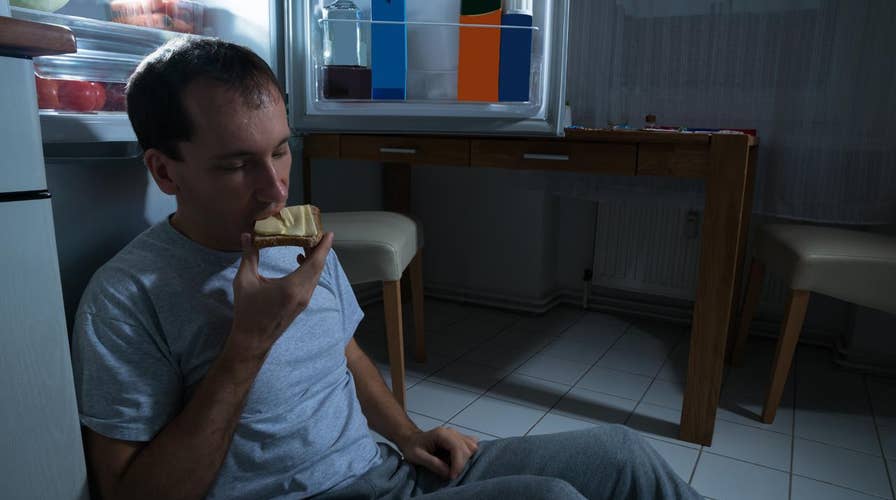How to control your food addictions
Studies show some brains are hard-wired for addiction, but you can overcome such behavior by understanding how the brain registers pleasure. Fox’s Lauren Green sits down with Dr. Susan Peirce Thompson, author of
I honestly can’t remember a time when I wasn’t consumed by thoughts of food. My childhood memories of places and events are all linked to what was served, what I could get away with, and I struggled with my weight throughout my teenage years into early adulthood.
It wasn’t until my 20s after I got sober from drug and alcohol addiction that my weight spiraled out of control and I began seriously considering making a change. I distinctly remember thinking, how is it that I can harness the resources to get my Ph.D. at one of the top brain and cognitive programs in the country, but I can’t stop eating food I know is killing me? Where is the disconnect?
BEING SLIGHTLY OVERWEIGHT MAY CUT YEARS OFF YOUR LIFE
And yet, I failed again and again at every popular diet on the market — until I finally understood, through my study of the brain, that the only way to bring my eating under control was to apply the exact same principles that had helped me successfully get and stay sober to my perspective on eating.
That a-ha moment led me to design Bright Lines, a plan based on four non-negotiable boundaries — sugar, flour, meals and quantities — that work to make eating foods that get and keep you slim automatic.
Through my research, I have found that flour and sugar rapidly re-wire the brain to make you eat more of them. They literally hijack the organ to make the body block weight loss. Without those ingredients, in the span of about six months, the brain heals from food addiction and insatiable hunger, and overpowering cravings go away.
MEET THE WOMAN WHO WHIPPED MAMA JUNE INTO SHAPE
The second two Bright Lines — meals and quantities — help make eating the right amount of food at the right time automatic. These tenets also help make turning down the wrong foods in between second nature, which is essential in a culture where food is present from the conference room to the cup holder in your car. Once a behavior is automatic, it requires no willpower.
For this reason, I strongly discourage people from exercising while they are losing weight. Let’s put it this way: For some people, forced exercise can deplete willpower, leaving them vulnerable to making poor food choices that do more harm to the healing brain than the workout did good. Our data shows that the people who insist on exercising while doing Bright Line Eating lose weight the slowest.
FOLLOW US ON FACEBOOK FOR MORE FOX LIFESTYLE NEWS
But I will caution you: This diet is not for everyone. If you are someone who was able to do Weight Watchers 10 years ago, and then lose the weight and keep it off long term, that puts you in the 1 percent of dieters, and you don’t need Bright Line Eating. But for the 99 percent of people who have yo-yo’d for years, Bright Lines may be the solution.
For more information, visit BrightLineEating.com.
Susan Peirce Thompson, Ph.D. is an Adjunct Associate Professor of Brain and Cognitive Sciences at the University of Rochester and an expert in the psychology of eating. She is author of the New York Times Bestselling book Bright Line Eating: The Science Of Living Happy, Thin, and Free. She is President of the Institute for Sustainable Weight Loss and CEO of Bright Line Eating Solutions.

